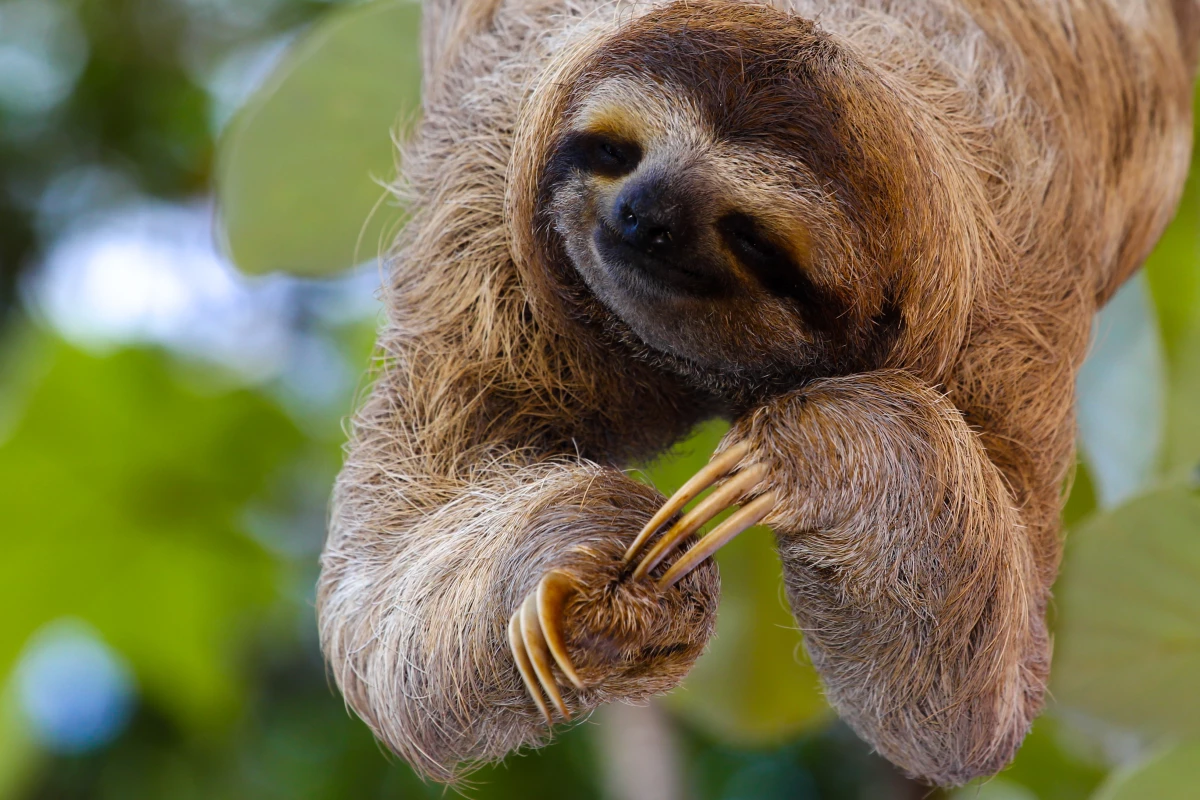Ever since French naturalist Georges-Louis Leclerc, Comte de Buffon, first described the sloth in 1749, the planet’s slowest moving mammal has had its work cut out for it.
“These sloths are the lowest form of existence,” Buffon wrote, originally in French. “One more defect would have made their lives impossible.”
Despite having a top travel range of about 5 feet (1.5 m) per hour, there's one part of this arboreal curiosity that's actually a hive of activity and could hold the key to new human medicines for drug-resistant bacteria.
Scientists sampled the vibrant bacterial communities and organisms that live rent free among the fur of Costa Rica’s two- and three-toed sloths, Choloepus Hoffmanni and Bradypus variegatus, respectively. These sloths are two of six living species that inhabit the tropics of Central and South America.
It’s well documented that the thick coats of sloths provide a nutrient-rich, well-sheltered home for a range of algae and insects, including the ‘sloth moth,’ Cryptoses Choloepi. This species relies on the mammal for survival, laying eggs in its feces and feeding off the mammal’s skin secretions. In return, the moth provides nitrogen that fuels the growth of algae, a vital cloak of camouflage for the otherwise quite conspicuous large tree animals.
Until now, though, little has been known about bacterial make-up of this thriving surface microbiome. Sampling the fur of captive animals from The Sloth Sanctuary, co-author Max Chavarría and fellow University of Costa Rica researchers found a range of organisms that have the potential to keep serious bacterial infections in check.
This surprising shield against many common mammalian pathogens could aid in the development of human medicines for tackling the increasingly serious issue of drug-resistant bugs.
“This modulation makes it possible to control the proliferation of potentially pathogenic bacteria for the host or inhibit other competitors (e.g. fungi) in the niche,” the team noted. “On the other hand, our results point to sloth fur as a new source of antibiotic-producing bacteria that may open the opportunity for the discovery of new bioactive molecules."
The research, which has been underway since 2020, revealed that while both species had slightly different microbial communities, their core make-up was similar. As well as an abundance of bacteria, nine strains of Brevibacterium and Rothia were isolated; these are capable of inhibiting the growth of common pathogens that mammals are susceptible to.
While the team cautions ongoing research is likely to move at a sloth’s pace, it’s a promising avenue for new biological responses to superbugs.
They also acknowledge the limitations of studying captive animals, and would like to examine the fur of wild species, to see how the camouflaging algae Trichophilus affected the microbiota.
“Our data suggest that Micrococcales that inhabit sloth hair could have a role in controlling microbial populations in that habitat, improving our understanding of this highly complex ecosystem,” added the scientists.
The study was published in the journal Environmental Microbiology.
Source: University of Costa Rica





